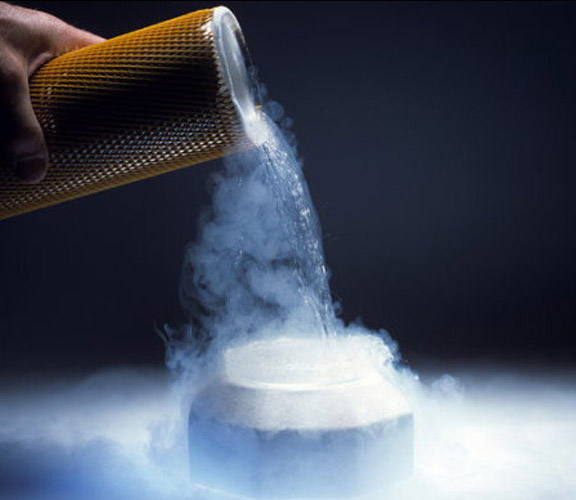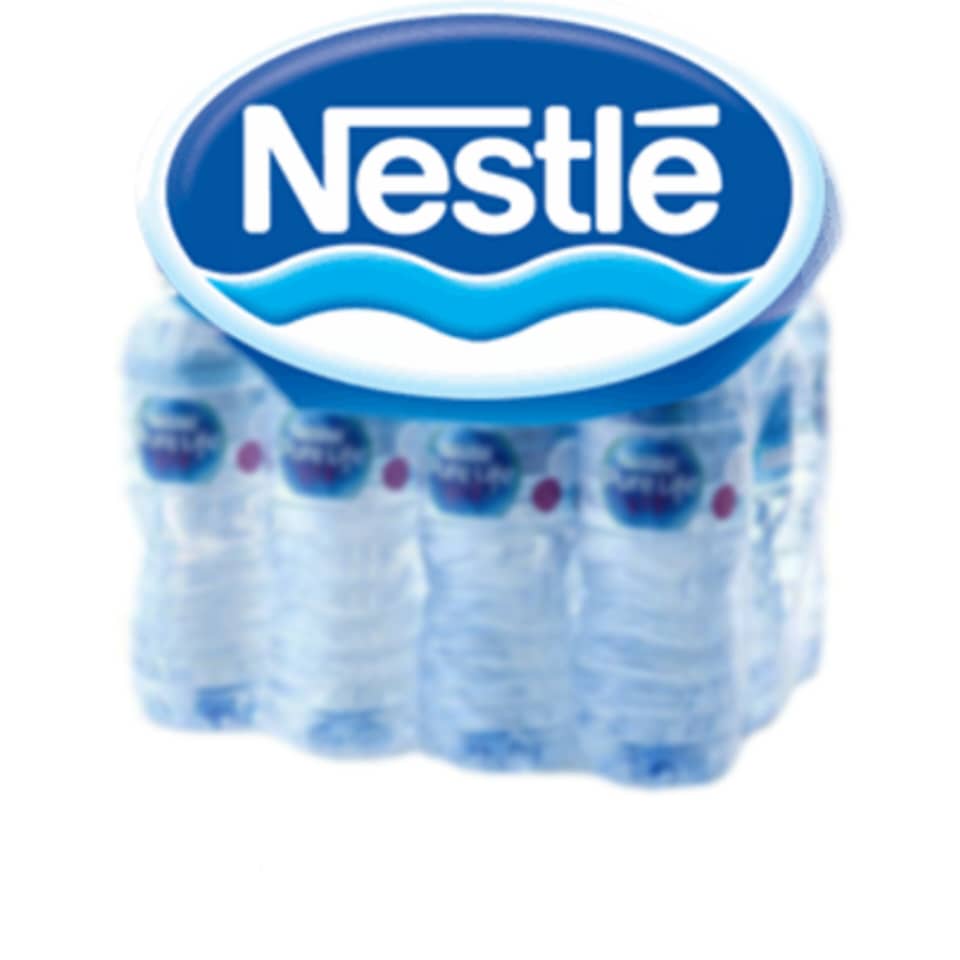
- Seen : 632 View
Liquid argon is a colorless, odorless and tasteless substance. Argon is in the last group of the periodic table of elements and its atomic number is 18. Argon is denoted by the abbreviation Ar and is one of the noble gases or inert gases. Therefore, there is no combination of it naturally. Argon is derived from the Greek word lazy or inactive. The reason for this name is the inertness of argon or its lack of chemical activity. Argon gas is non-flammable and non-combustible. Argon gas is heavier than air and dissolves in water in a small amount. Liquid argon uses a lot of heat to vaporize, and as a result, it is an ideal cooler.
Methods of producing and obtaining liquid argon
Oxygen gas, nitrogen gas and argon gas are recovered from the air by a cryogenic method that was created hundreds of years ago by Cal Van Linde. Fine particles are taken from the air, compressed and cooled, and then hydrocarbon water and carbon dioxide gas oxides are removed. With the other process, the air is finally turned into a liquid and the existing gases are separated by distillation. With other processes, the air is finally turned into a liquid and the existing gases are separated by the distillation method. are called air separation units (ASU).
Production steps of liquid argon:
1. Filtration 2. Molecular sieve 3. Heat exchanger 4. Expansion 5. Distillation column 6. Nitrogen charge 7. Oxygen charge 8. Purification 9. Argon charge
After passing through the filter, the air is compressed in the compressor and loses some of its water by cooling in the pre-cooler. After that, the compressed air enters the bed of the molecular sieve to absorb the water and CO2 in the sieves, and then It enters the powder filter so that the suspended particles of the molecular sieve are absorbed in it. After that, the clean and compressed air enters the heat exchanger until its temperature drops to about 100 to 120 degrees Celsius, and the cold air enters the turbine and with the drop in air temperature It decreases to -180 degrees Celsius. The air, which was liquid in the previous stage, enters the two-stage air distillation column and is divided into several parts, where nitrogen and oxygen are directly removed, but the argon part is distilled again in the raw argon part. After being balanced in the storage tank, the output nitrogen is transferred to the evaporator and charged by the diaphragm compressors in the charging platforms of the gas capsule. The output oxygen is charged exactly like nitrogen. The argon removed from the raw argon column after one step The combination with hydrogen in the catalytic reactor and the removal of the water produced by the discoverers are purified in another distillation column known as the pure argon distillation column. The output argon is transferred to the evaporator after being balanced in the storage tank. And by the compressors Diaphragm in charging platforms is done in special charging capsules.
applications :
Liquid argon is used in the medical industry to destroy cancer cells. Liquid argon is used for food storage and freezing due to its low temperature.
Argon gas is used as a protective gas in many metal processes, including welding, to prevent oxidation.
Argon gas is used to fill fluorescent and filament lamps and also as insulating gas for windows.
Argon gas is used in many industries as a pollutant gas to eliminate impurities and create protective insulation for pollutants such as oxygen gas O2, nitrogen N2 and water.
Storage and transportation of liquid argon:
Depending on the volume, different containers are used to store and transport liquid argon. Cryogenic liquid cylinders and cryogenic storage tanks vary from a few gallons to several thousand gallons. Liquid argon is stored and transported in different types of tanks that One of the most important of them can be mentioned Doer reservoirs.
Storage tanks:
Cryogenic storage devices usually include a tank, steam generator, and pressure control. The tanks are generally cylindrical and installed in fixed locations. Their sizes vary from 500 to 420,000 gallons. All tanks are insulated and with specifications. ASME are designed.
Liquid argon transport and storage cylinders:
Refrigerant liquid cylinder is an insulated pressure pipe, these cylinders are equipped with a pressure valve and a burst disc that protects the pressure increase inside the cylinders. Liquid tanks are available up to 350 pascal pressures and capacities between 80 and 450 liters. .
Saler Company Information










